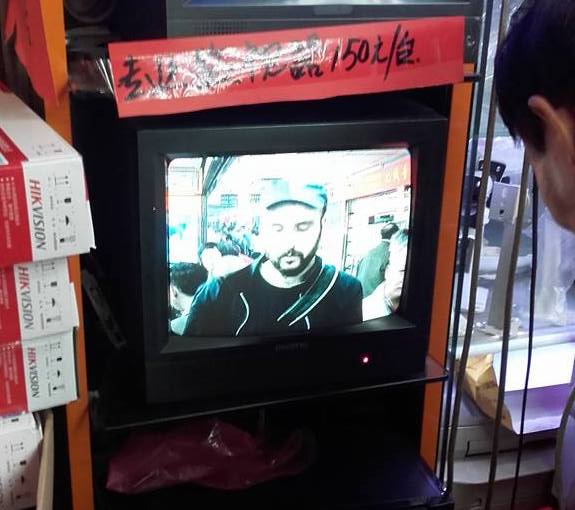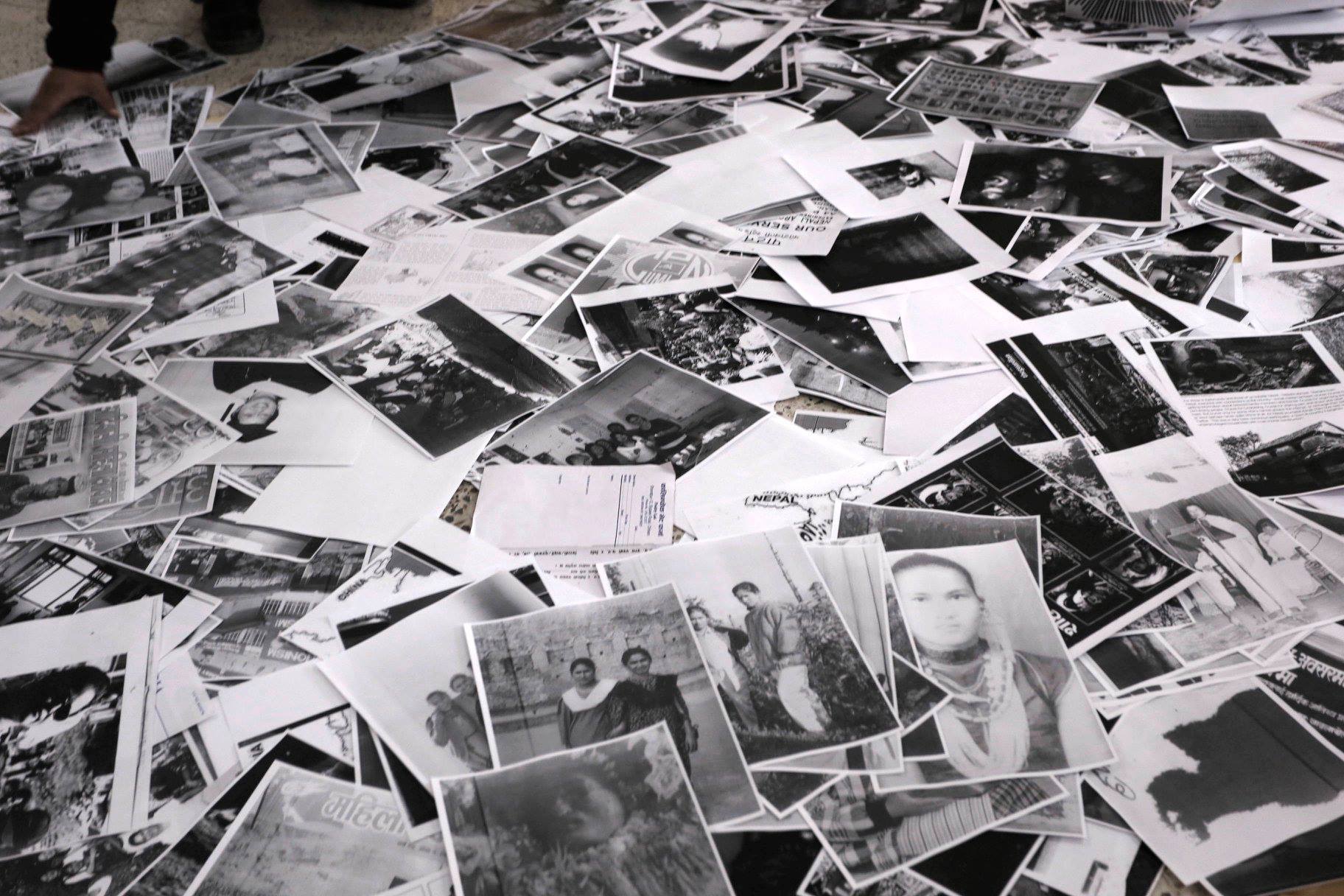BPF Festival Director of Engagement and Education, Alejandro Acín, shares his thoughts about the role of the festival and highlights the main aims and goals for this first edition.

It was impossible to predict what was about to happen when last February we were given the green light to start the work for this first edition. No need to say this health crisis has brought a lot of changes and challenges to our current routines especially when the enjoyment of culture has been neglected to the space of the screen (with its pros and cons). But I think we are all missing other types of cultural experiences that can help us to go through these difficult times. Art is one of the very few spaces where we can actually experience freedom nowadays, however this also needs to be continuously questioned and challenged. Therefore, creating a cultural festival to offer spaces for critical discussions and creative freedom may become more important than ever.
“art is one of the very few spaces where we can actually experience freedom nowadays, however this also needs to be continuously questioned and challenged.”
Cultural festivals seem to be ubiquitous in modern societies, filling the social calendar and the cultural agenda with a vast number of events, happenings and spectacles and Bristol is not an exception. In Bristol, we have festivals of music, food, cinema, radical cinema, theatre, performance, circus, there is also a harbour festival and a balloon festival too…
So what’s the need for yet another festival?

This was one of the first questions the BPF team has been trying to answer for the last two years. Probably the short answer would be that the Bristol Photo Festival is just an organic consequence of more than eight years of regular photographic activities happening in the city and delivered by a variety of actors and groups that now have decided to come together. So this coming together is an important element, if not the most, and which made possible that for the first time all the main art venues in the city are collaborating to deliver a program of photography exhibitions. Considering, the photographic scene in the city 10 years ago was minimum, this seems a good enough reason to celebrate this new festival.
So what should the role of the festival be?
Here, we can find many different valid approaches but there seem to be a common characteristic to most of the festivals, its ephemerality. Festivals tend to happen annually, or biannually focussing their main activities over a period of time where everyone works towards it. This is a dynamic that those who organise cultural festivals cannot really avoid which is exciting and challenging at the same time. But what about if a festival is also conceived as a collaborative platform rather than just a celebratory event?. This is the second key element of the Bristol Photo Festival, it’s designed to support an ongoing public programme of photography collaborations, commissions and educational projects throughout the year, and yes there will also be a celebratory event every two years to showcase a rather exciting programme of exhibitions in the main art venues of Bristol but also in independent and unconventional spaces.

Based around these two key elements, we have designed a engagement structure with three types of programming: : Dissemination, Collaboration and Learning in order to expand the ideas around this year’s theme, “A Sense of Place”. Here, there are some highlights:
The first two collaborative projects are looking into places that have become substantially relevant during this pandemic: The Living Room and The Allotment. We are inviting artists, students, local archives, community groups and the general public to collectively explore the documentary, (re)constructive and also fictional dimensions of these two important spaces. There will be a series of creative activities in partnership with other organisations (workshops, commissions, mail art-packages…) to complement the various digital channels of interaction as well as exhibitions displaying some of the results.

CATALYST is an exciting mentoring programme produced by IC Visual Lab, for local and international early career photographers supported by some of the BPF team members, guest mentors and selected artists in the production of new bodies of work which will be exhibited during the festival. A resulted exhibition will be held as part of the festival Spring program.
We are also interested in encouraging critical thinking and visual experiments using photography and visual archives in schools delivering an innovative educational project entitled CRITICAL EYE: Visual Archives for Education, also produced by IC Visual Lab and design by THE CAGE team in collaboration with local museums, galleries and archives with a yearly programme of activities involving artists, students and school teachers.

Finally, we will cooperate with other local, national and international organisations in the delivery of unique exhibitions, events and public programmes. For example, we are working with Firecracker as part of their 10th Anniversary, showcasing a generation of woman practitioners using photography as instigator of conversations, interventions and collaborations. Another example is a collaboration with the British Empire and Commonwealth Collection held at the Bristol Archives in a public programme to challenge and question Bristol’s colonial legacy through a series of creative activities with diverse groups around the city.

These are only few of the activities that we will initiate in this first edition, the program is in constant development exploring the boundaries of the photography medium, how it permeates through other disciplines like film, music or performance and establishes a dialogue with other fields such as science, anthropology or history. We are determined to make a program that engages with an intersectional audience that represents the demographics of the city of Bristol. We will reflect and evaluate these experiences to keep challenging ourselves in the design and delivery of new activities in the city of Bristol.

